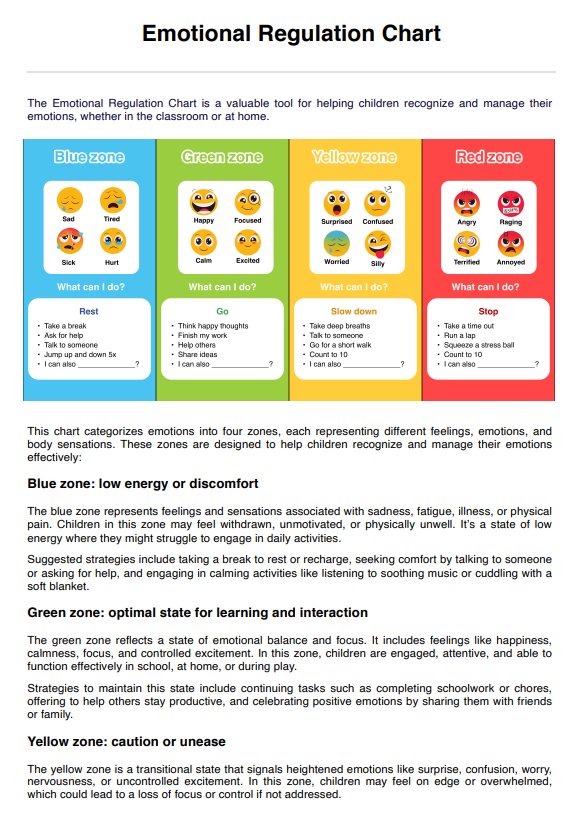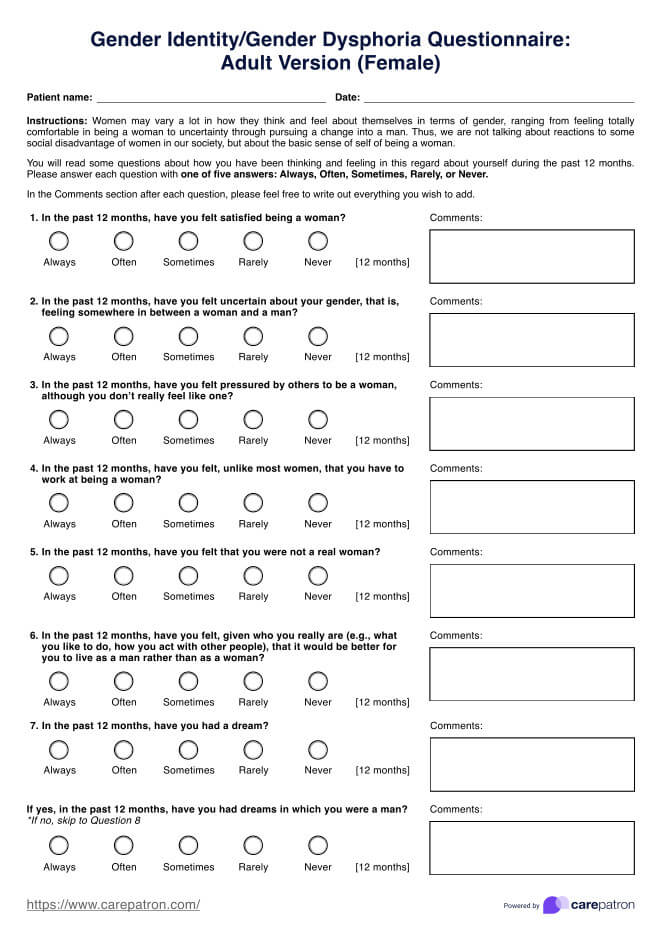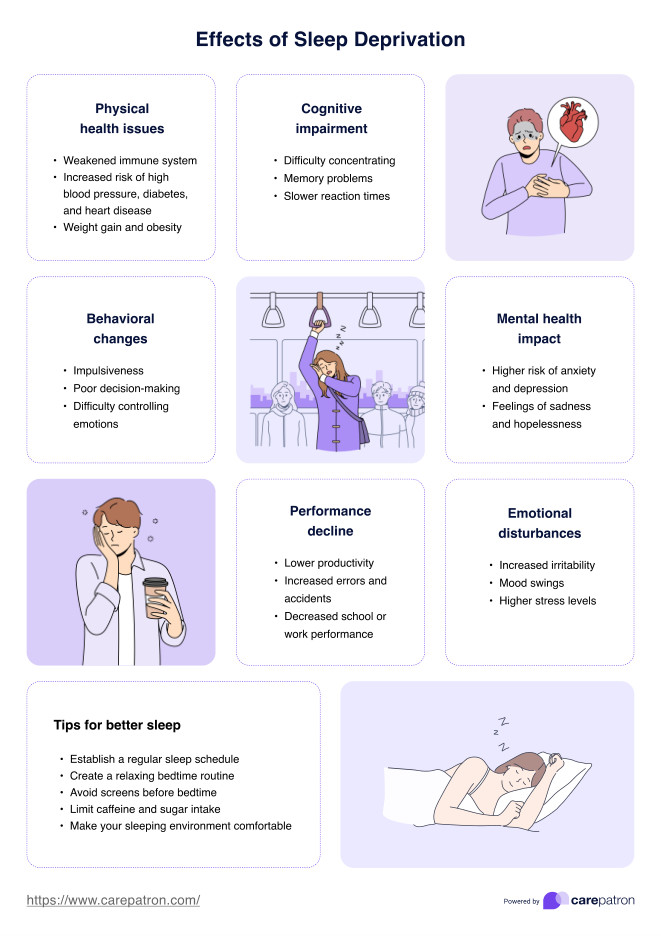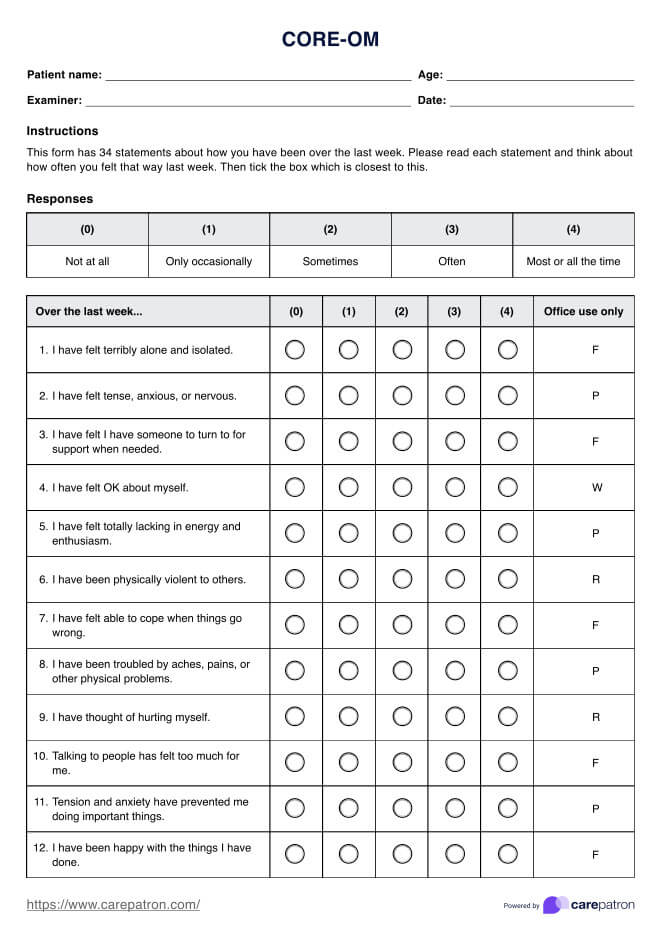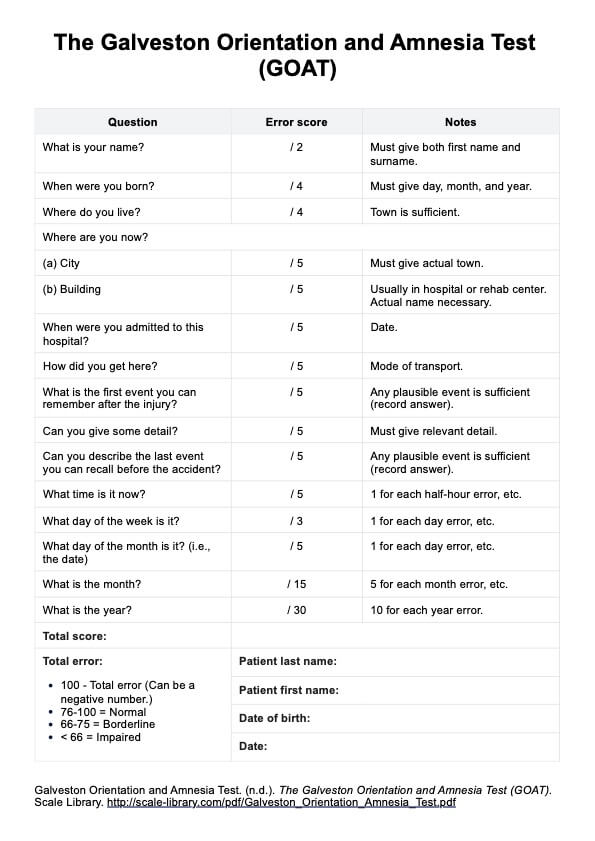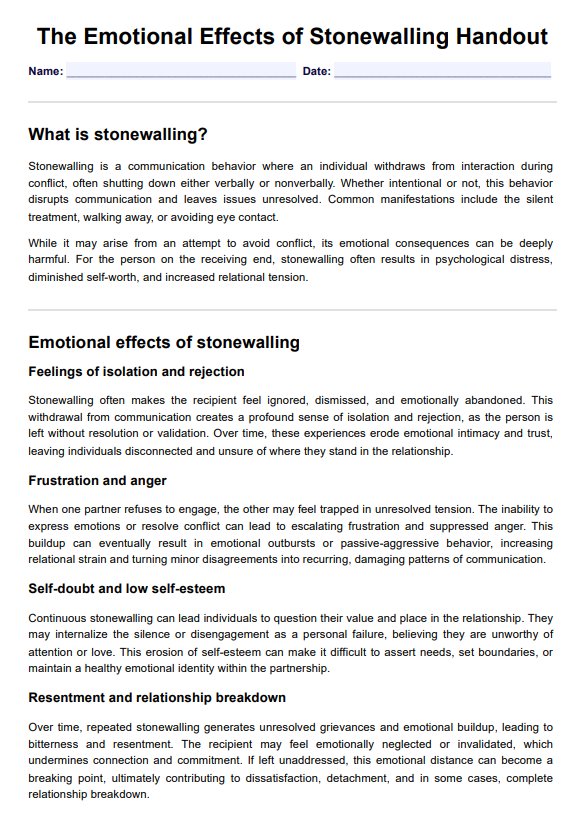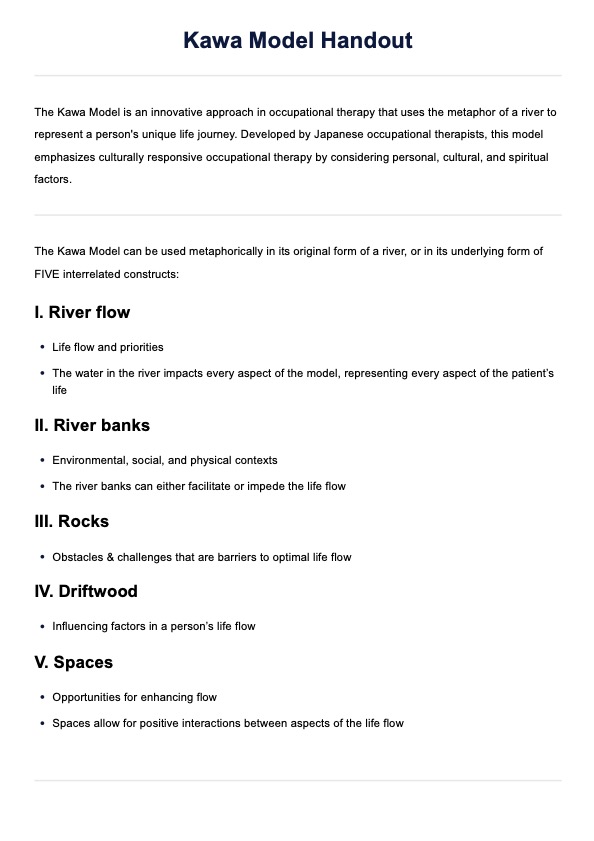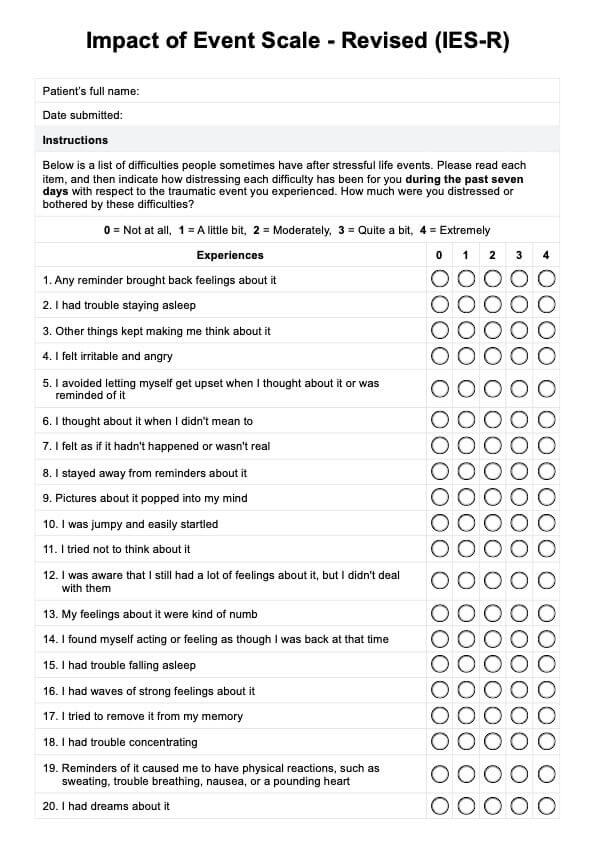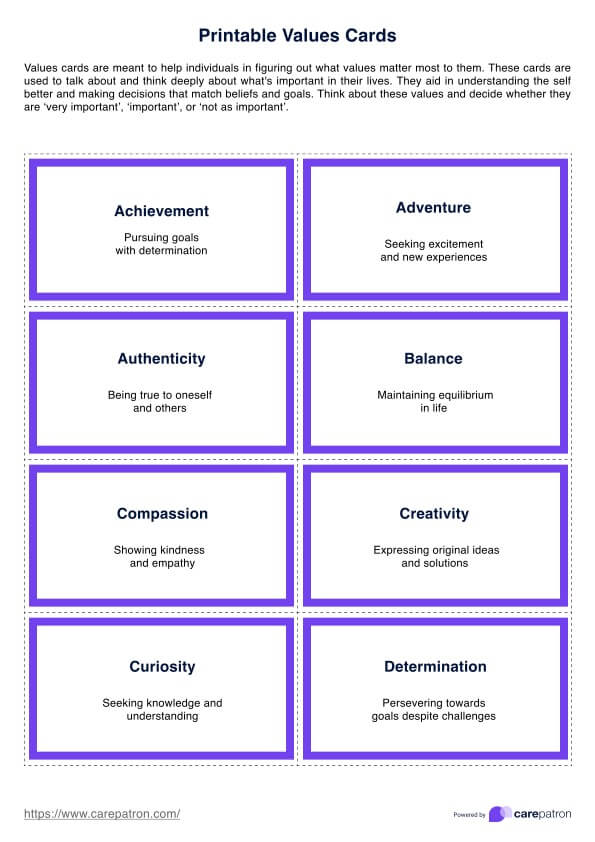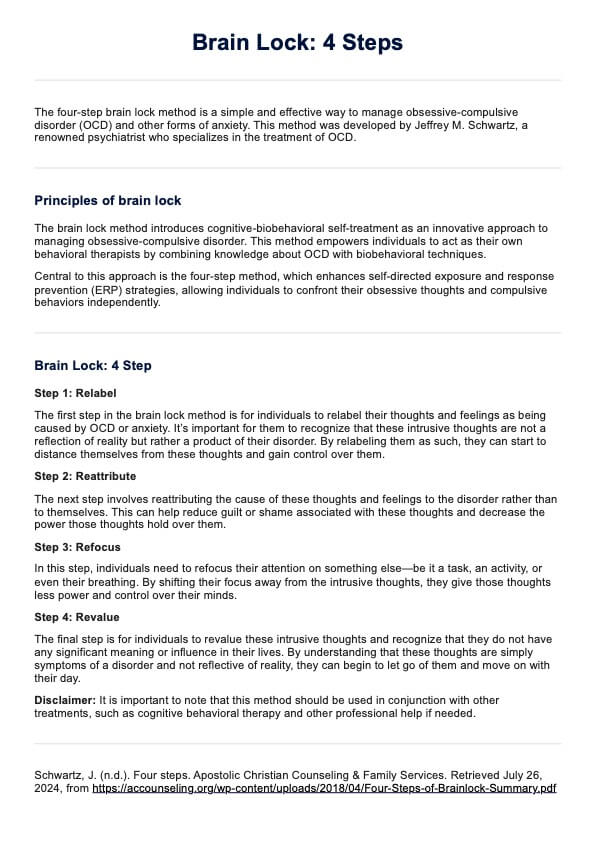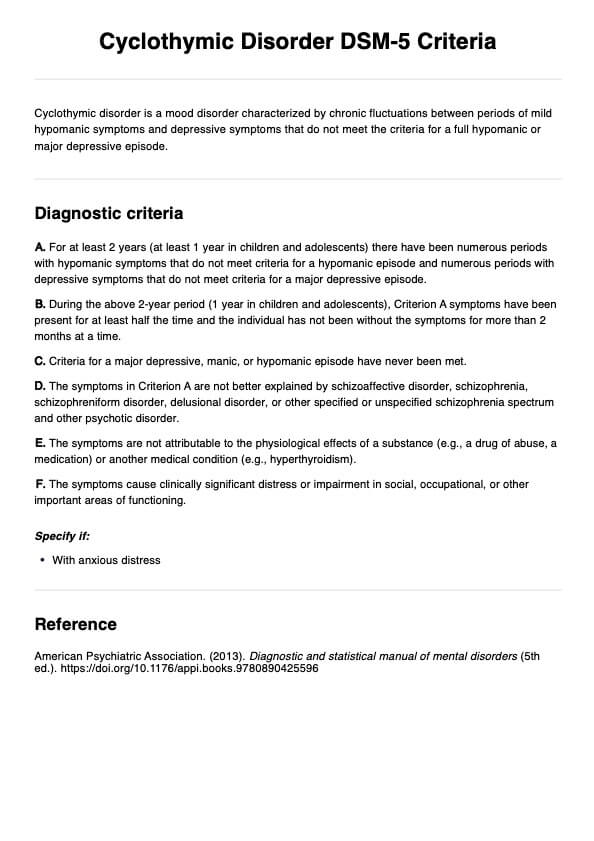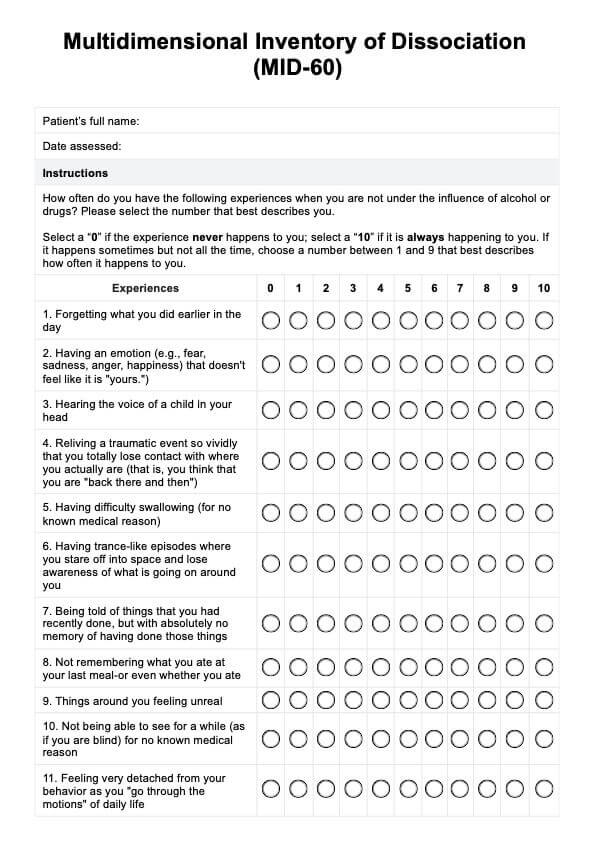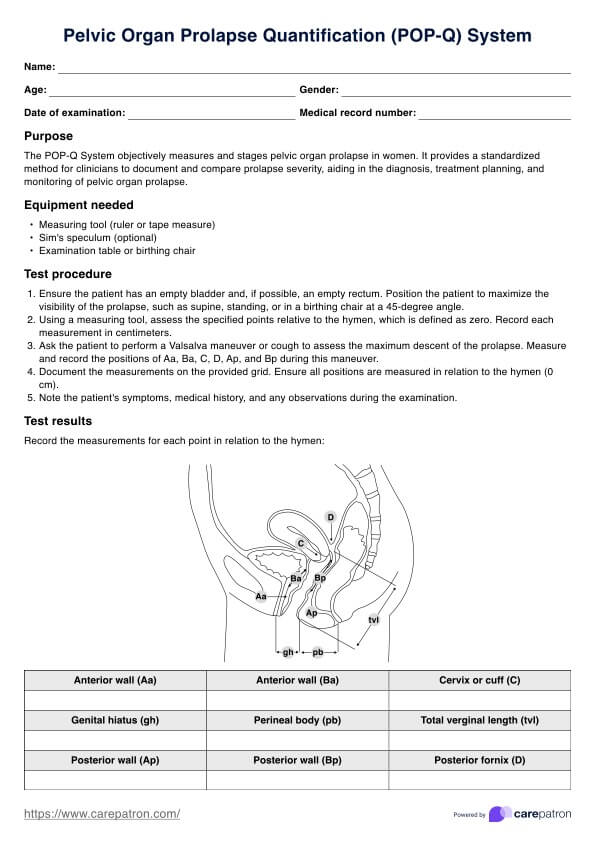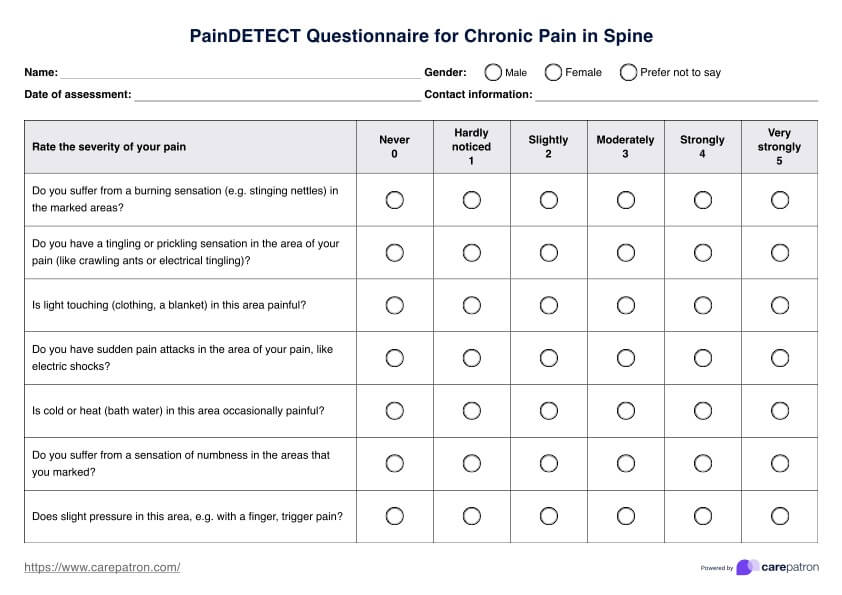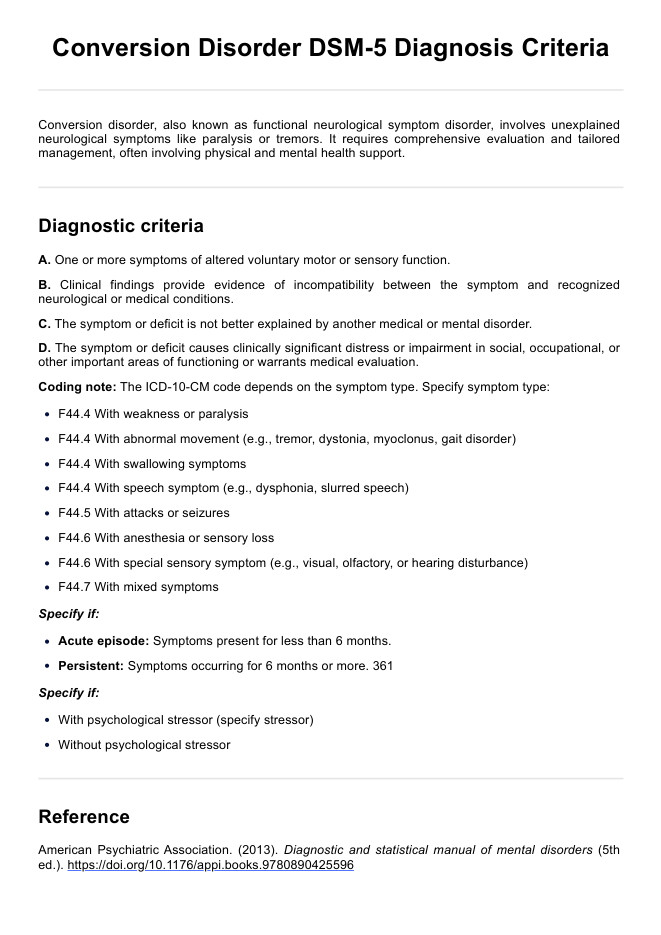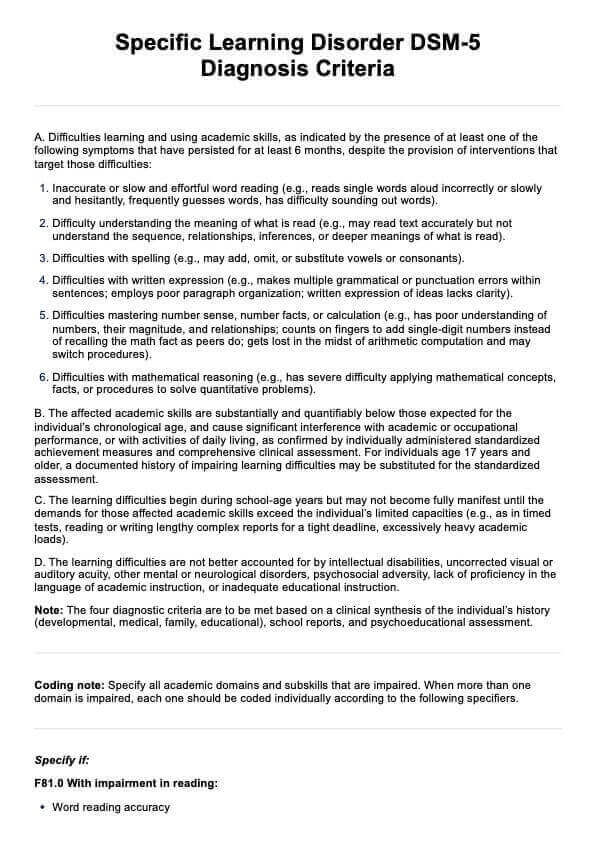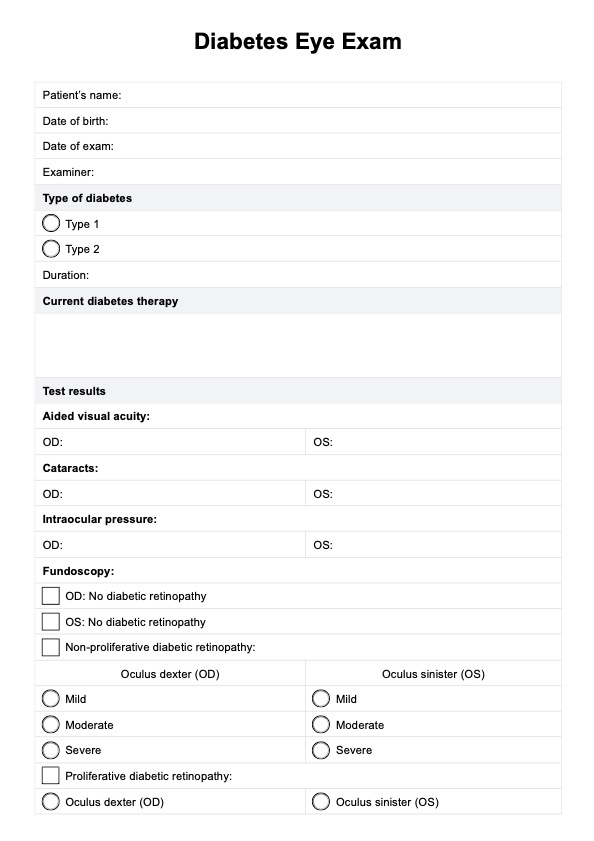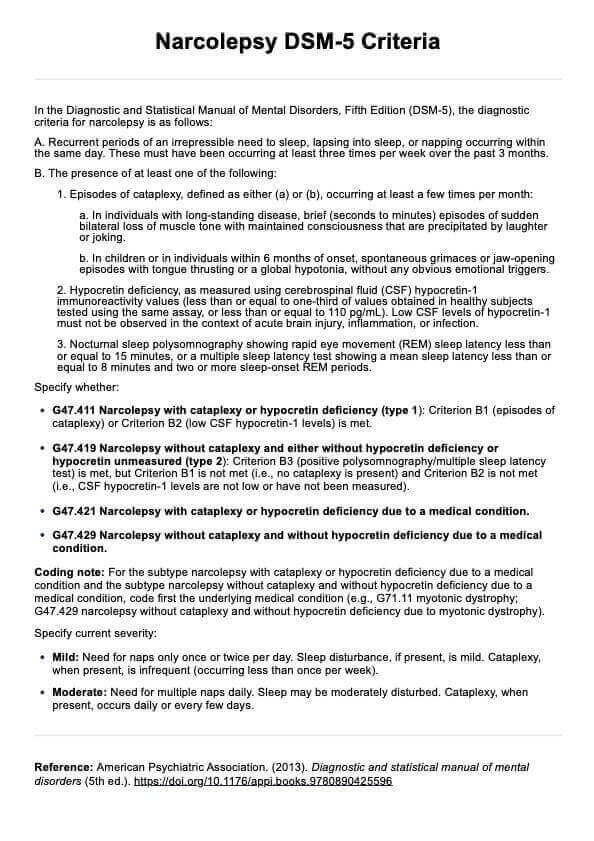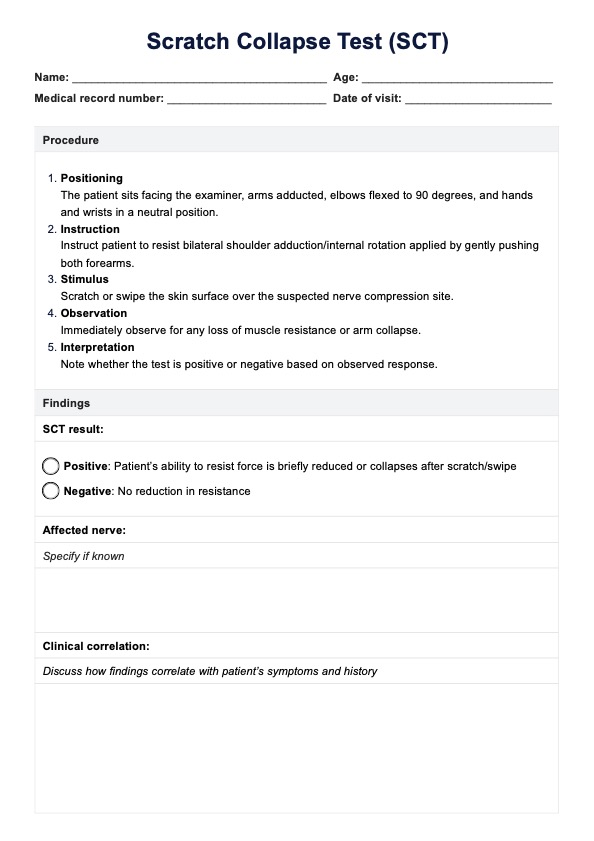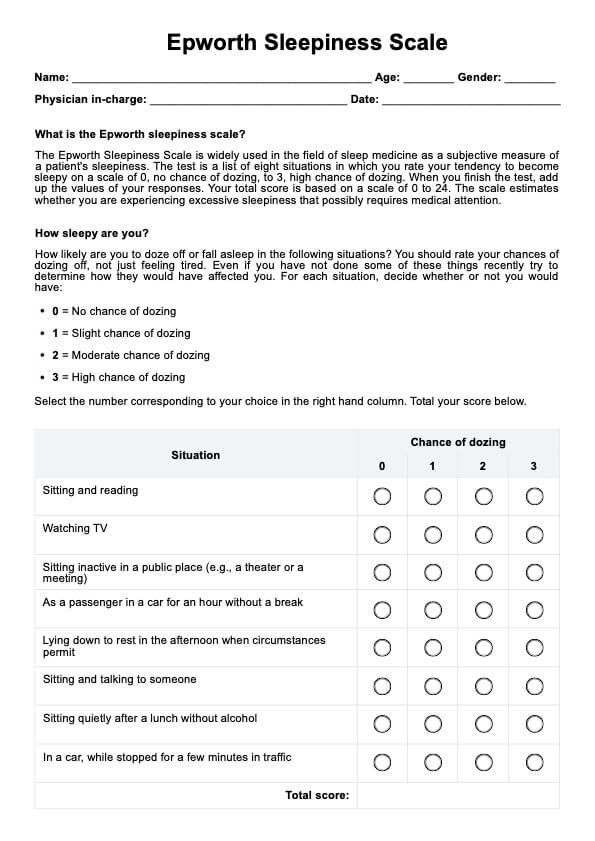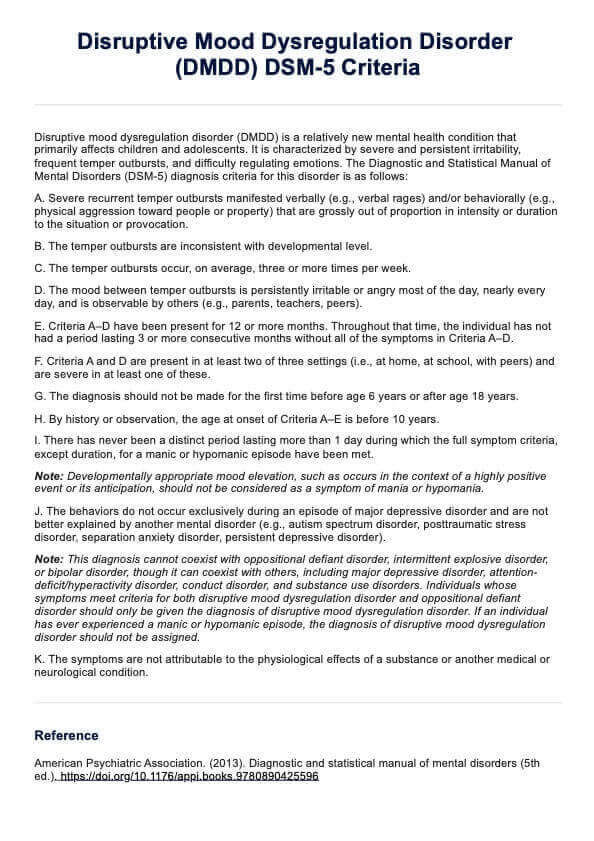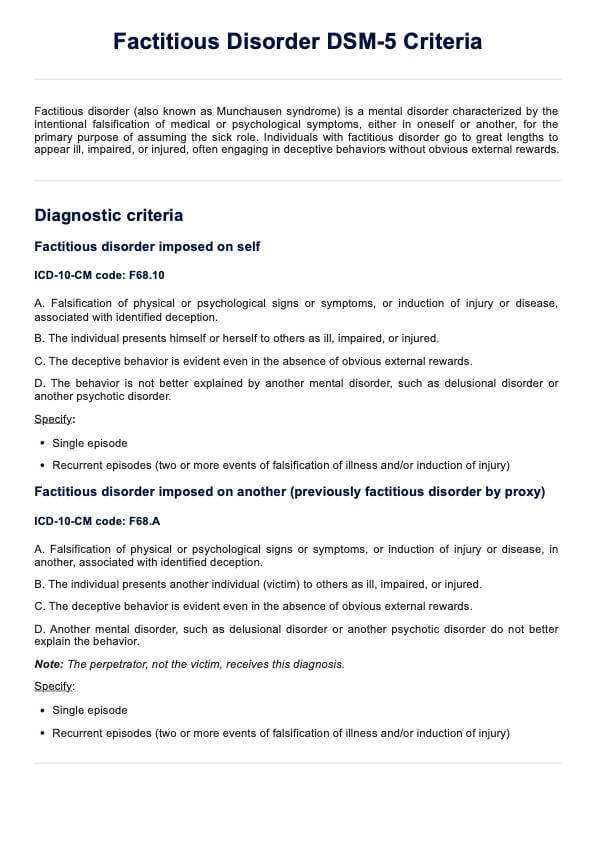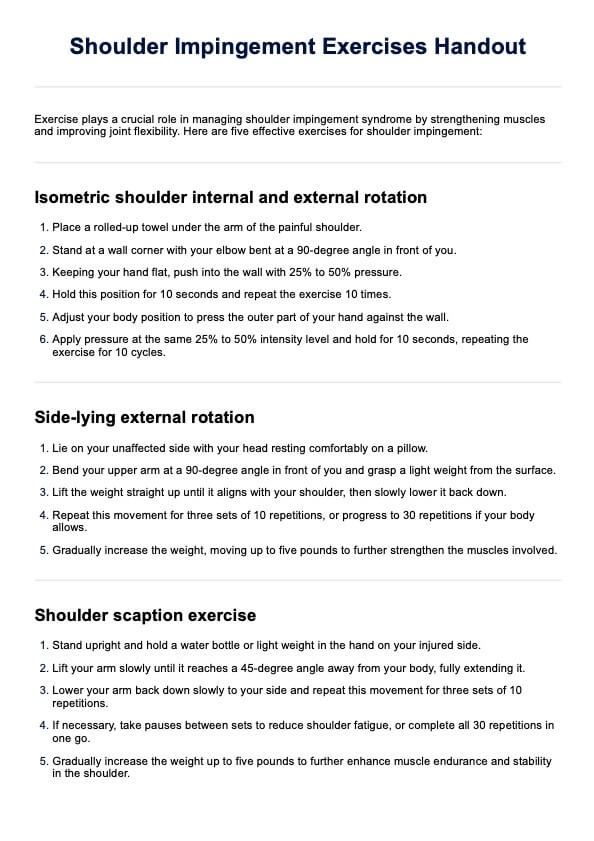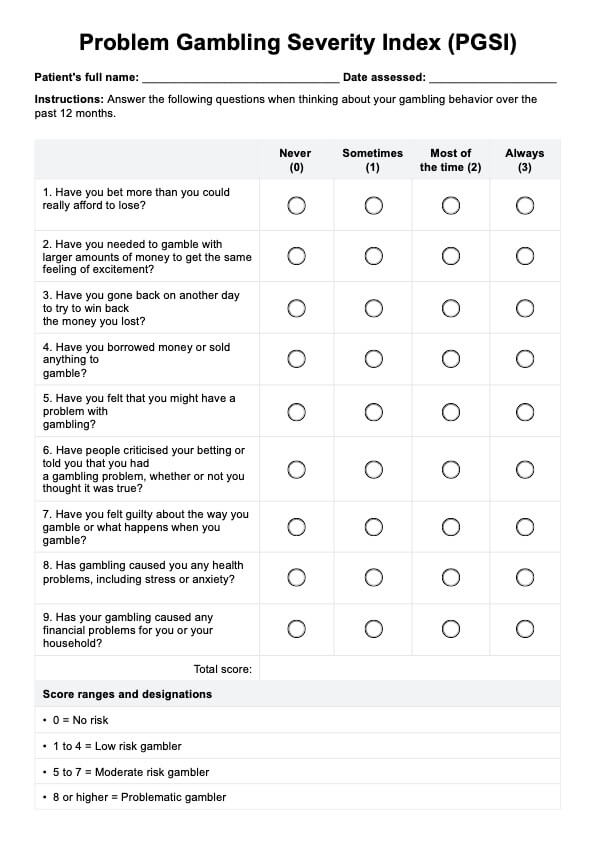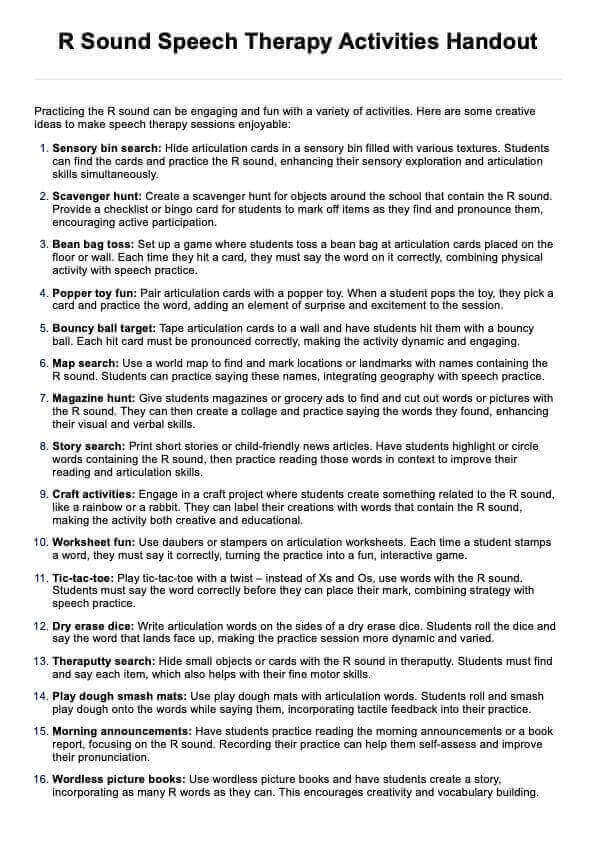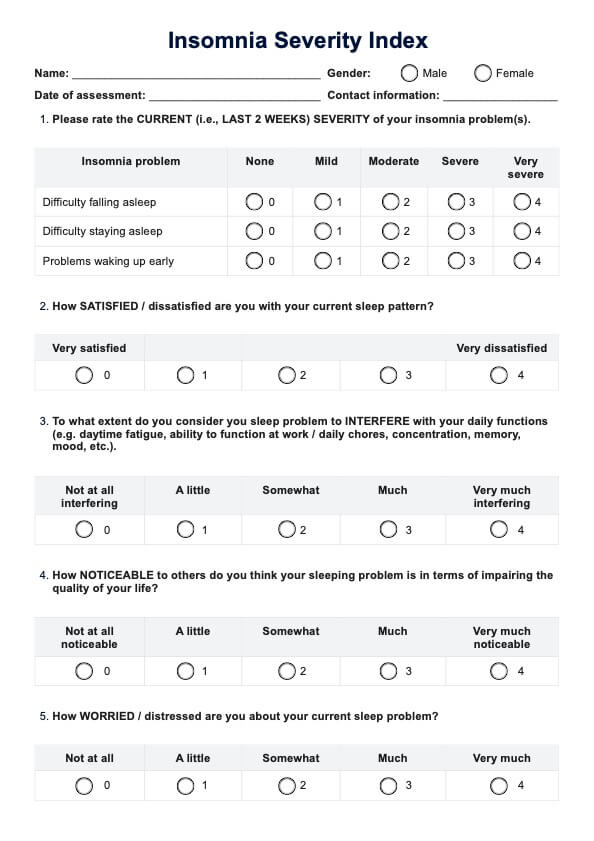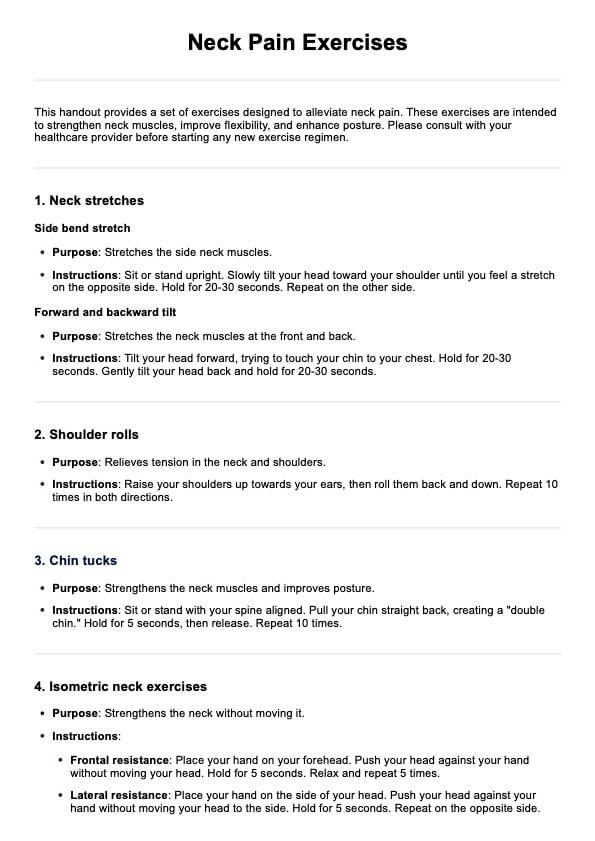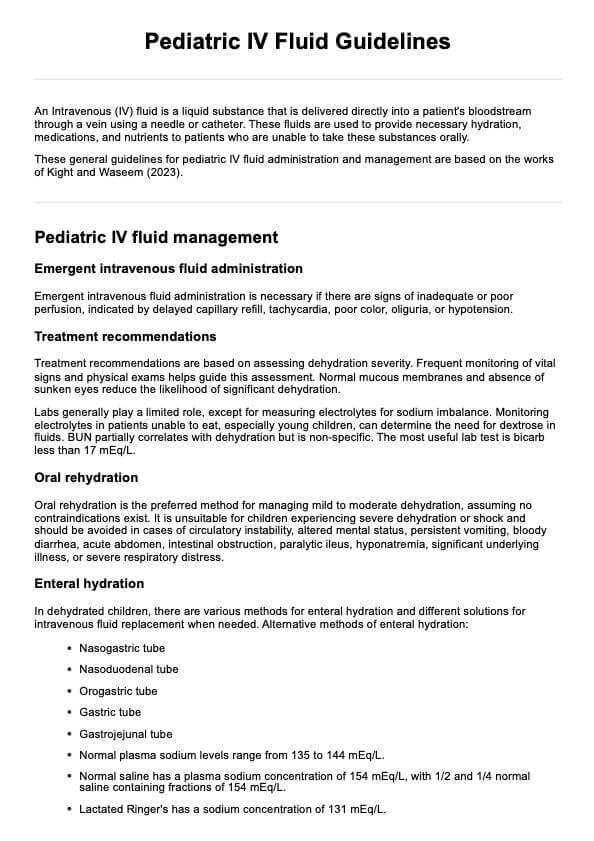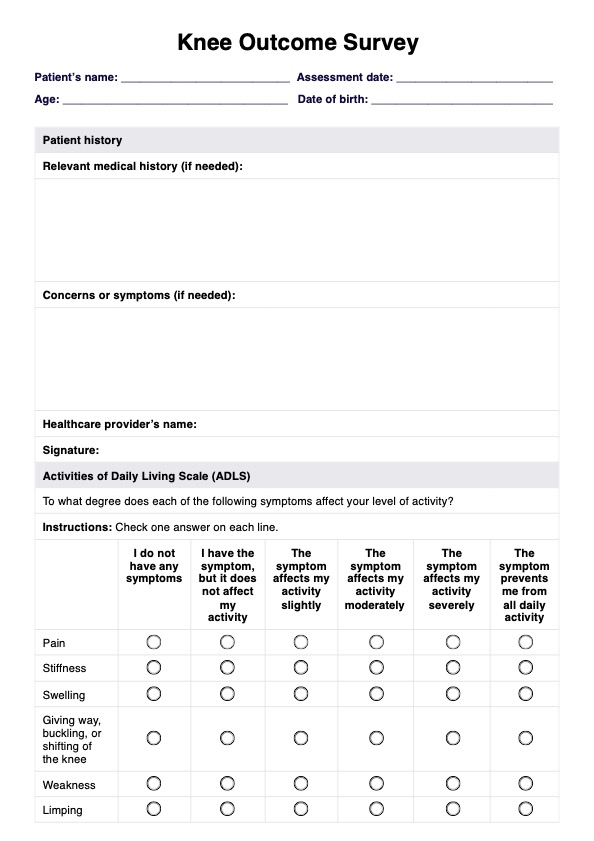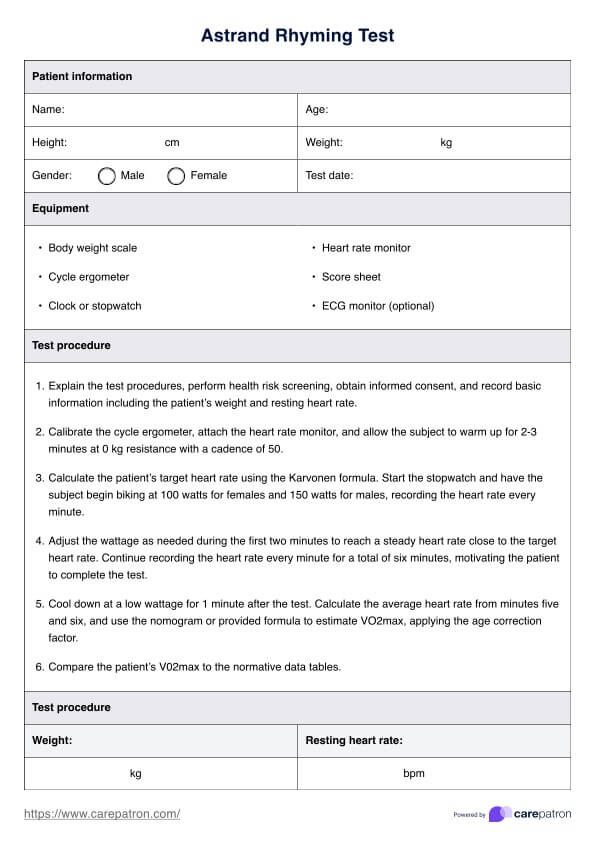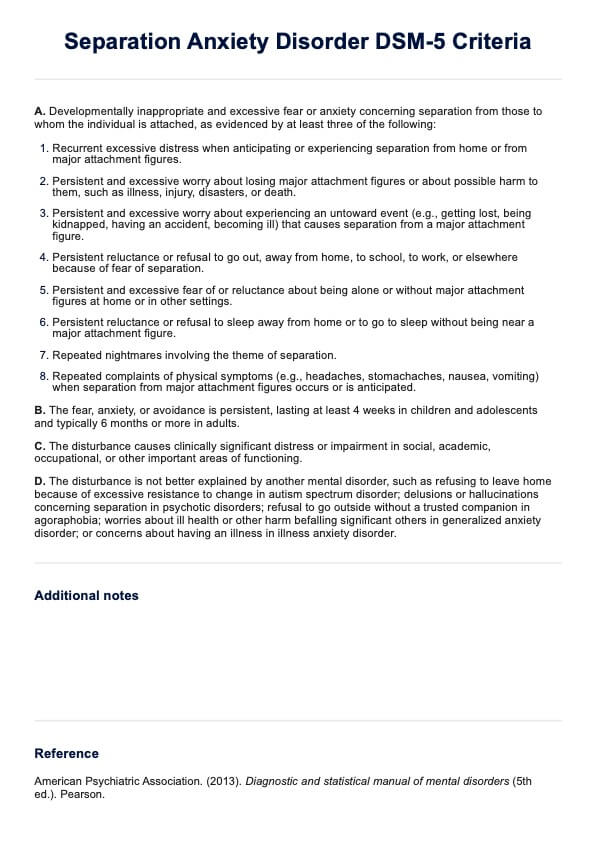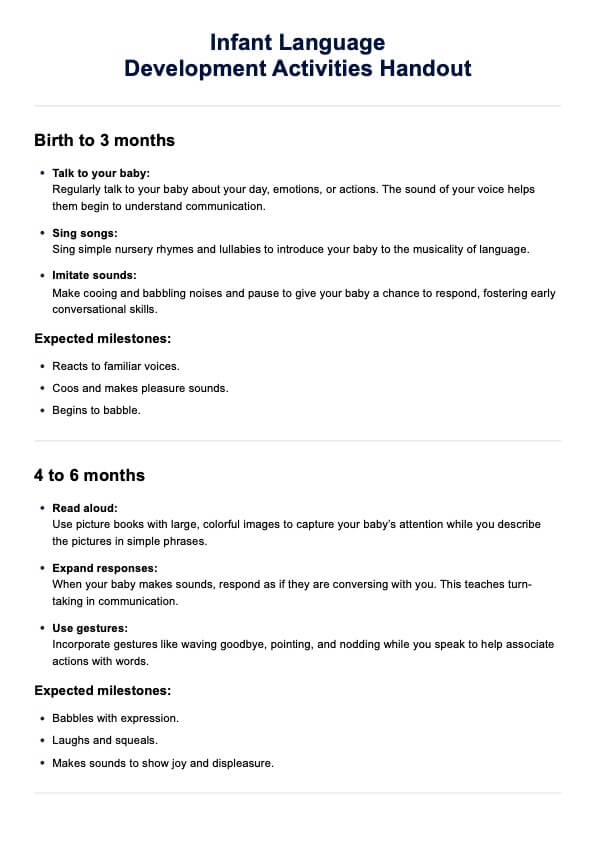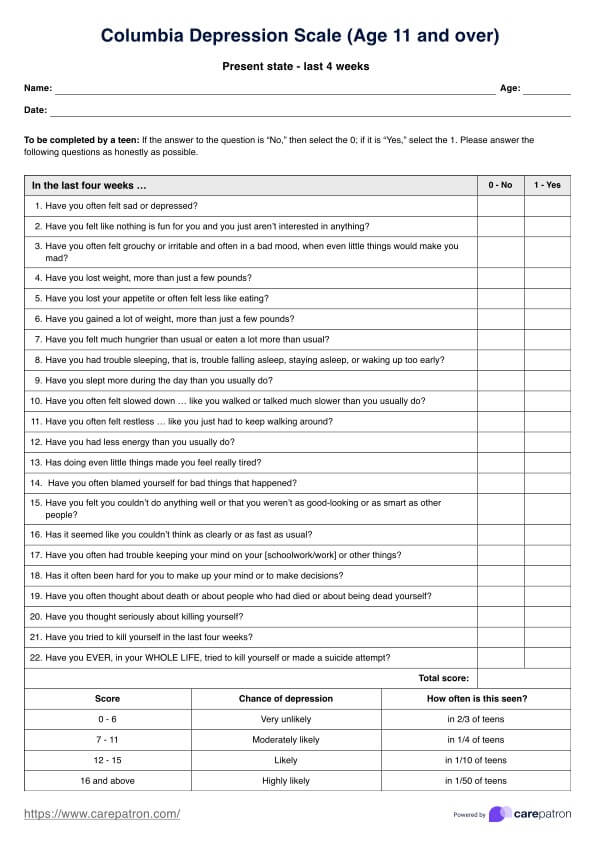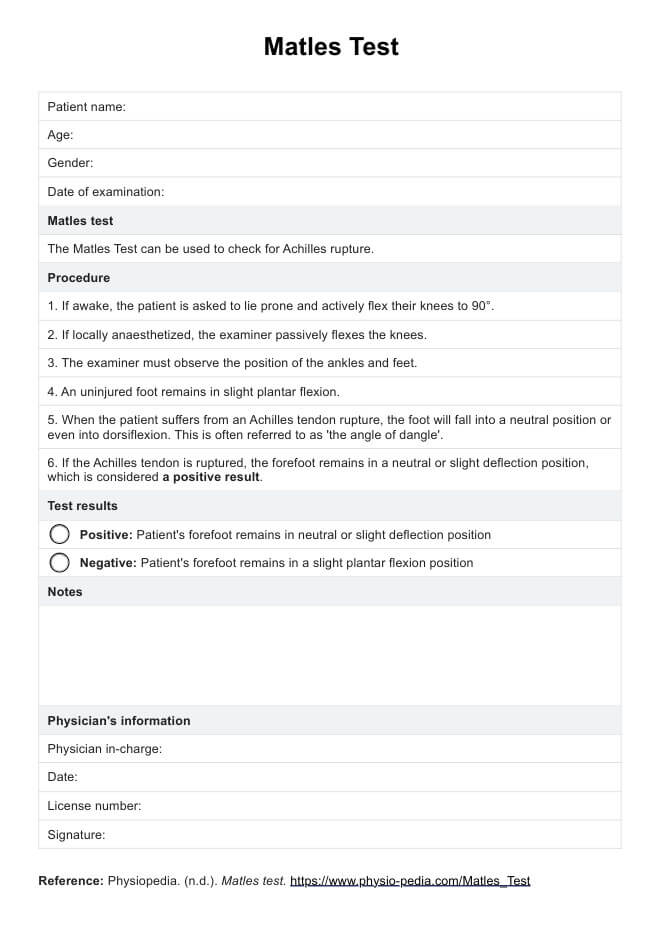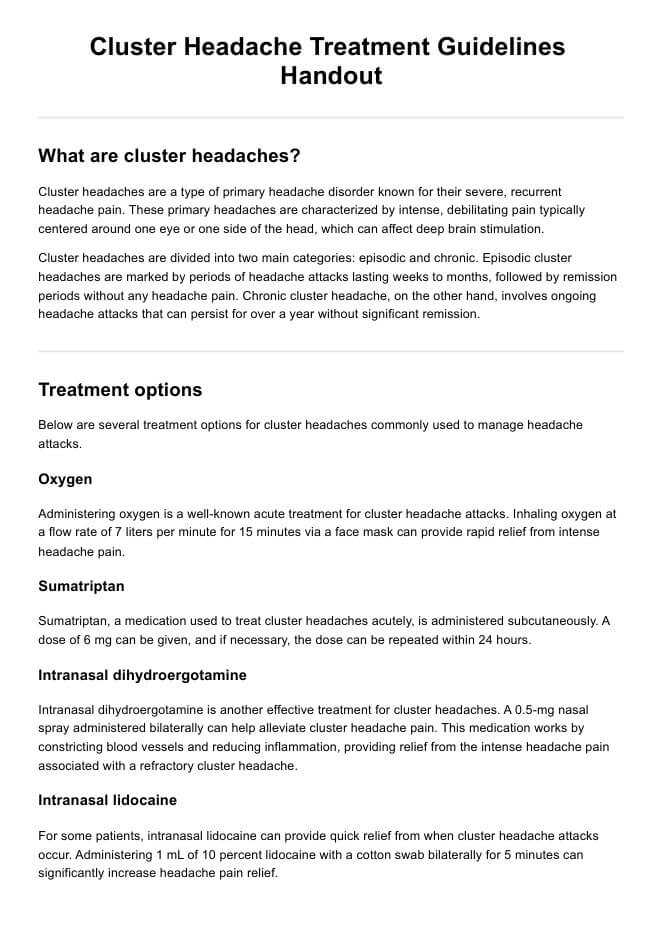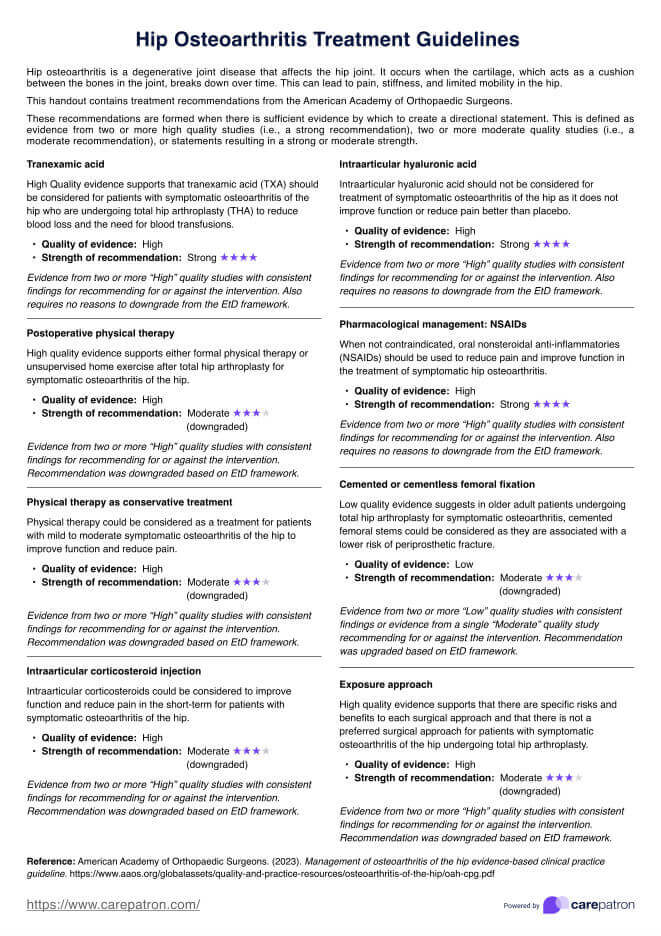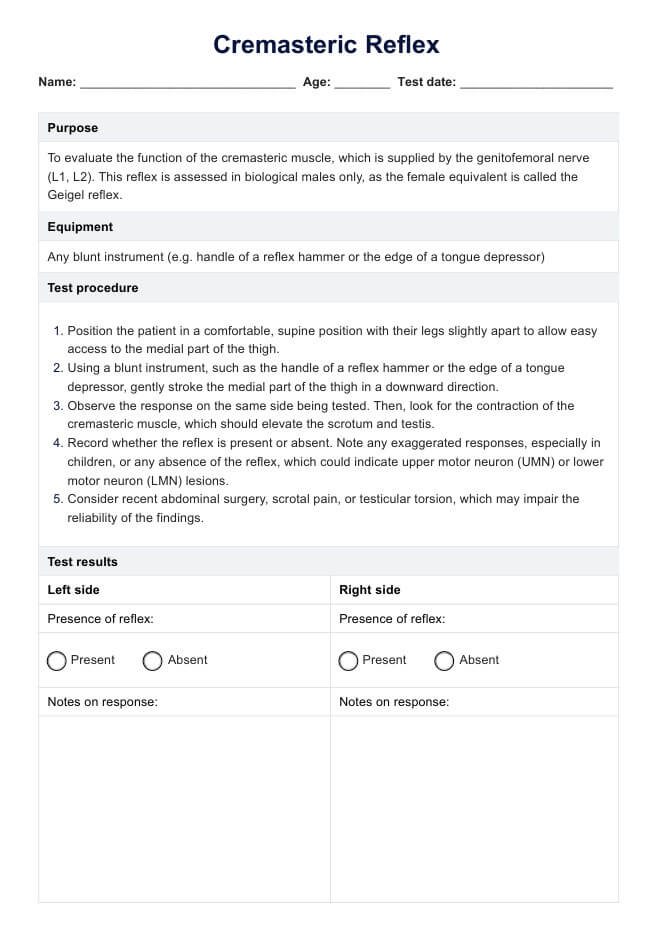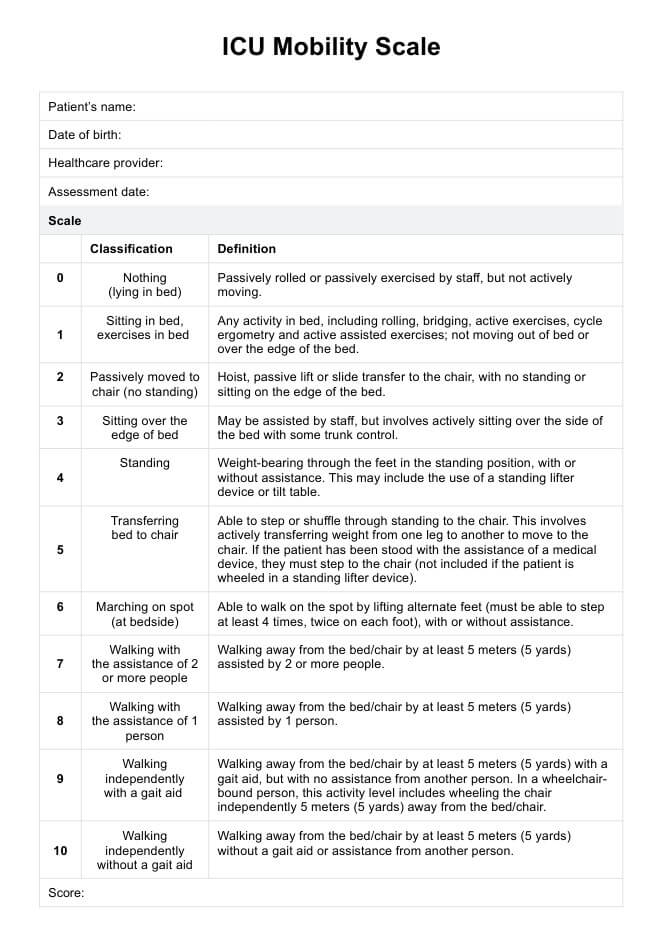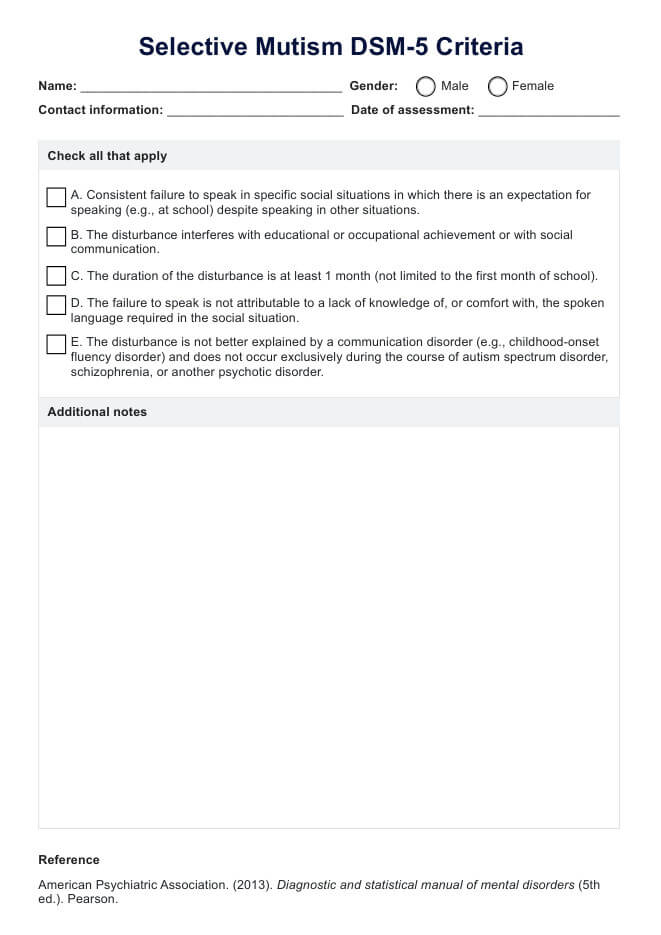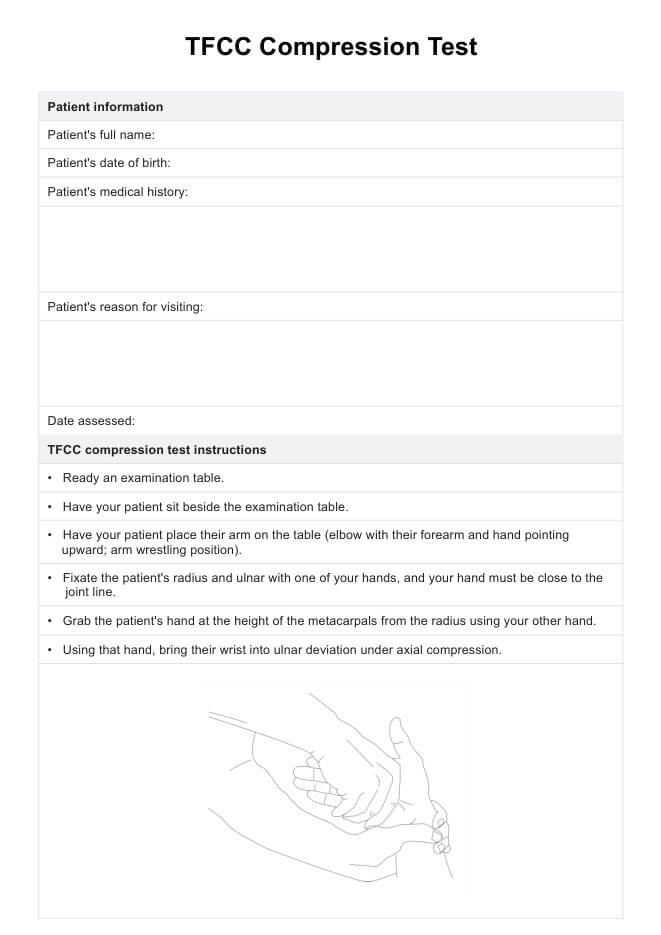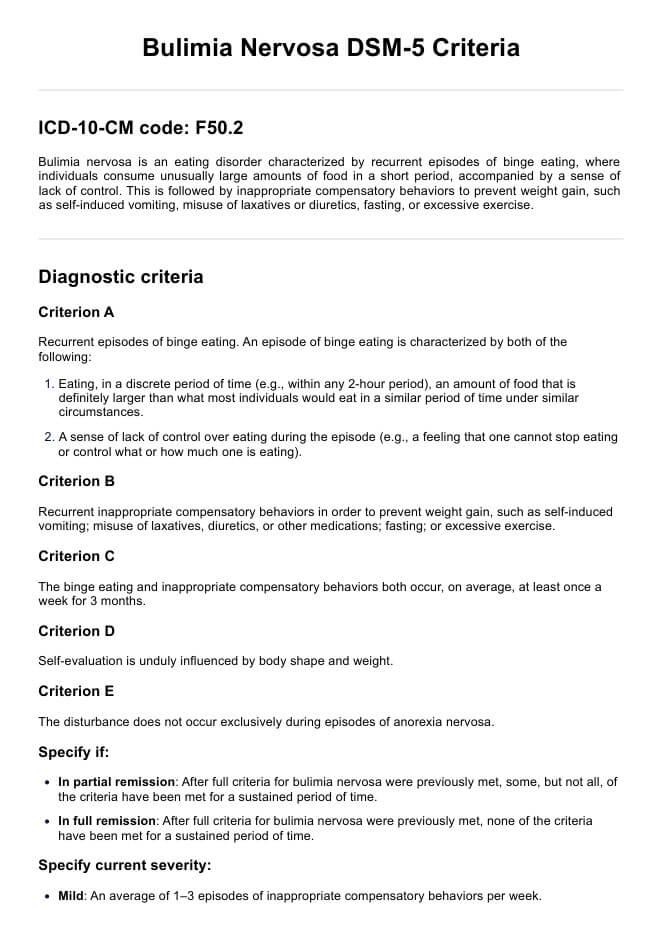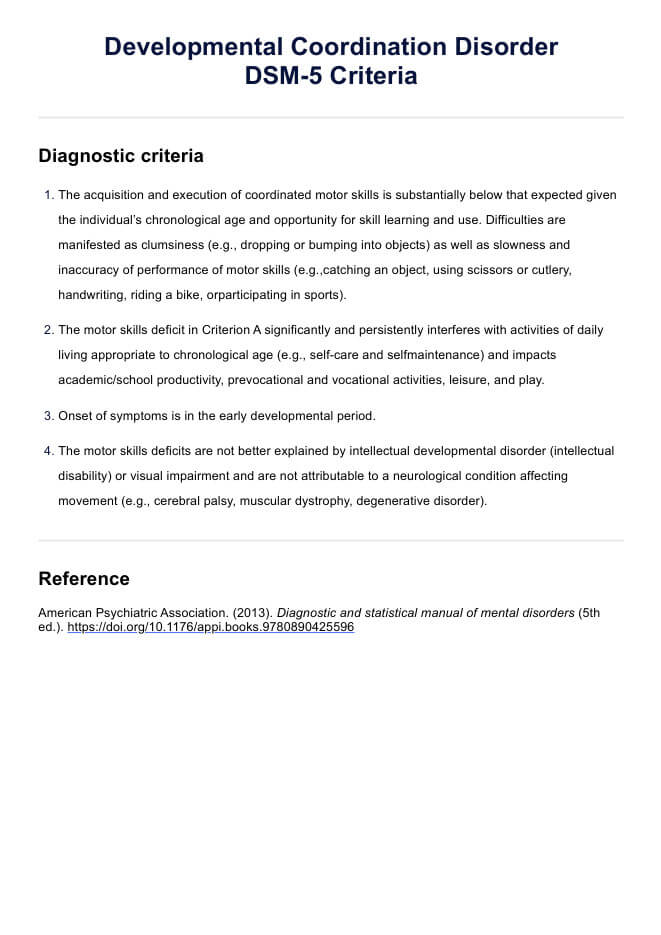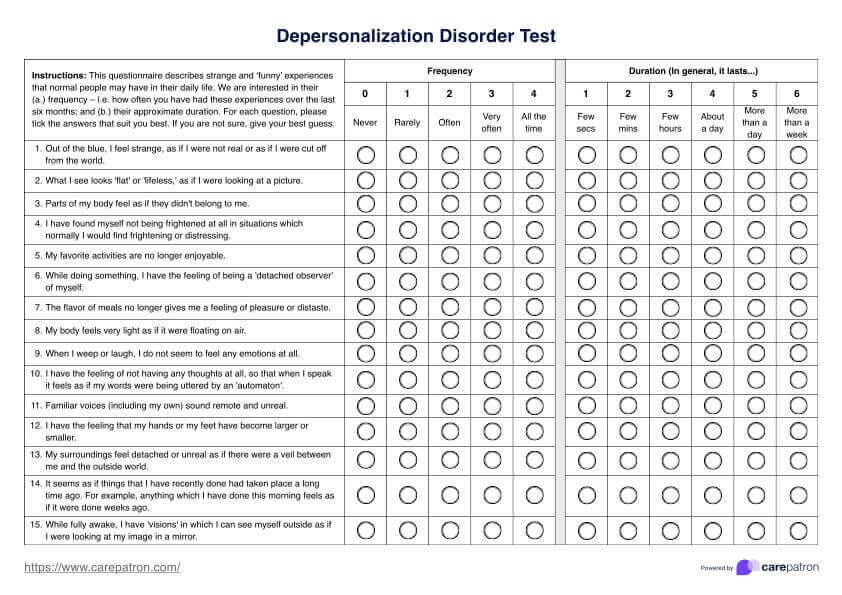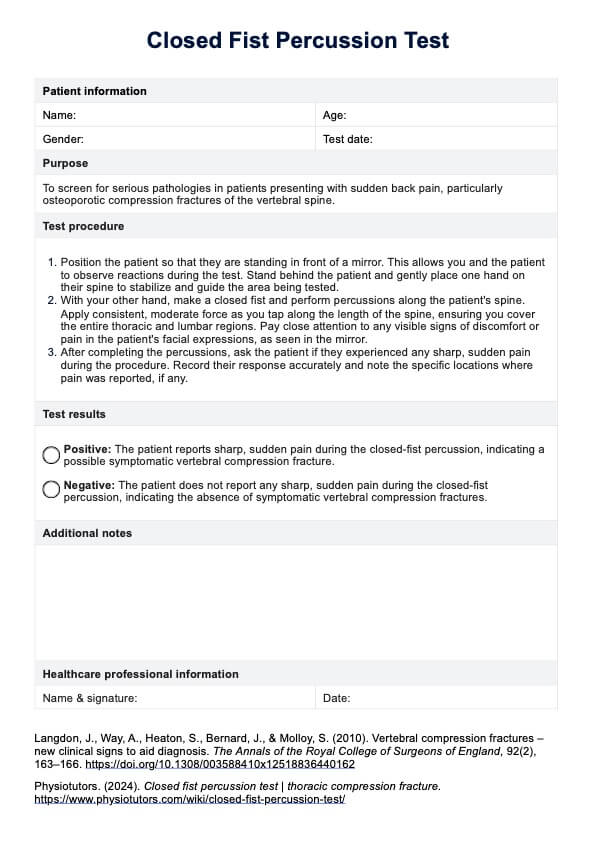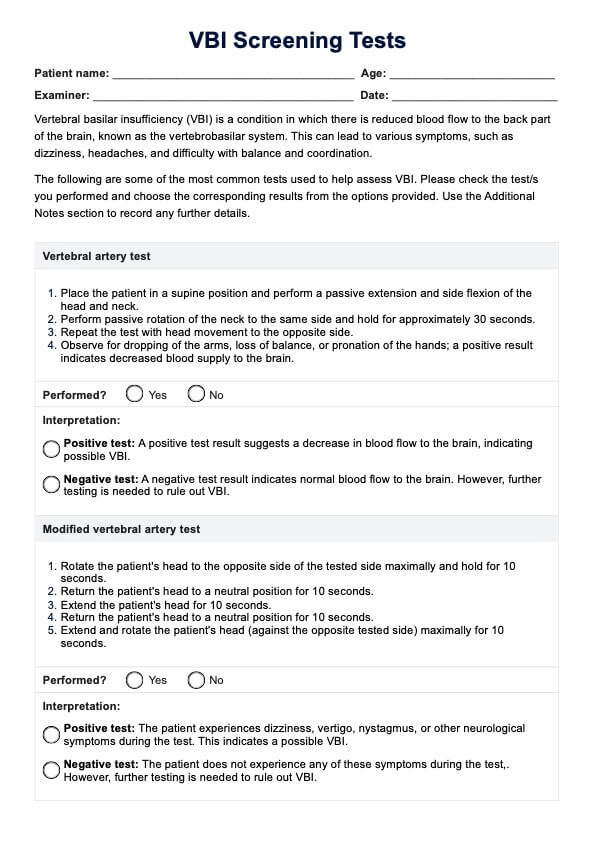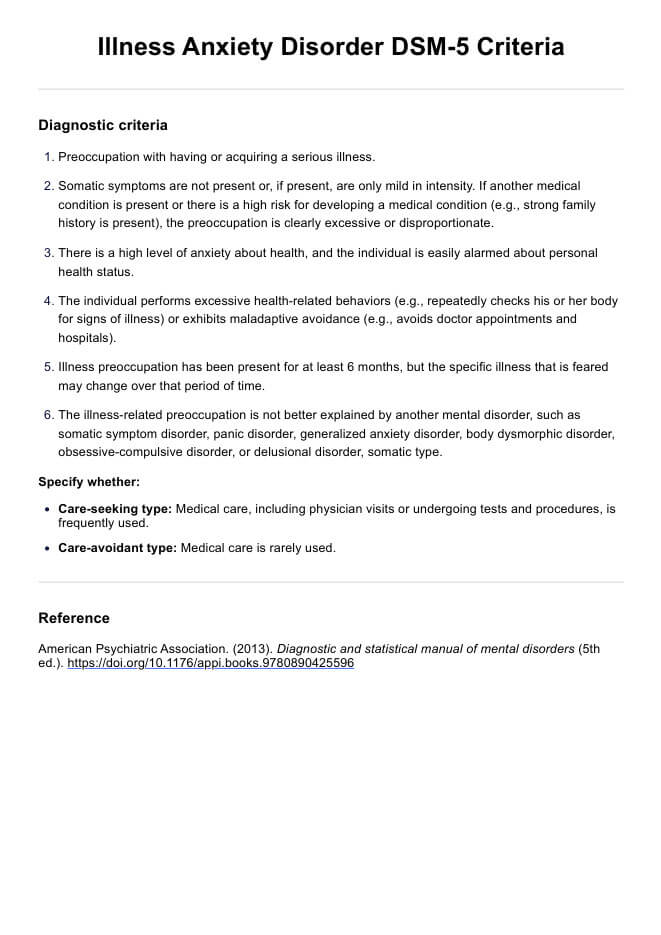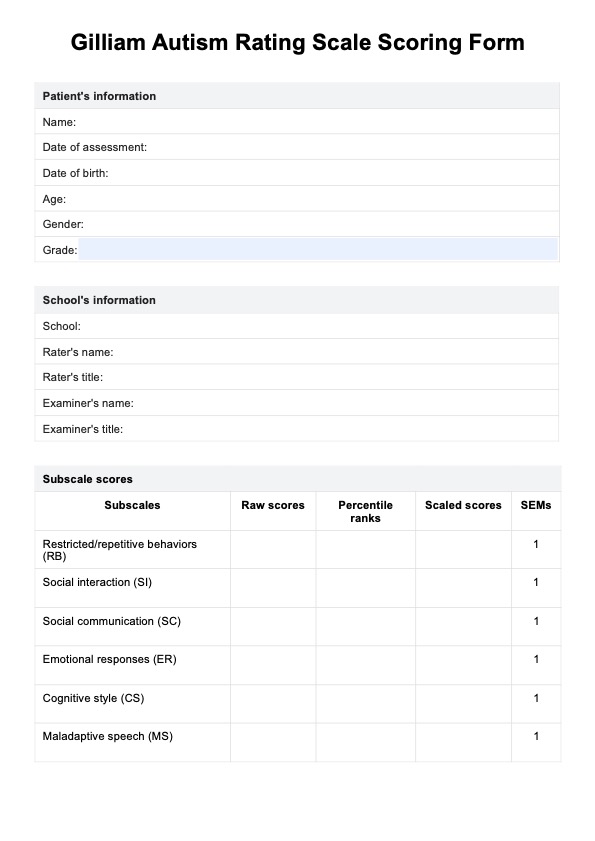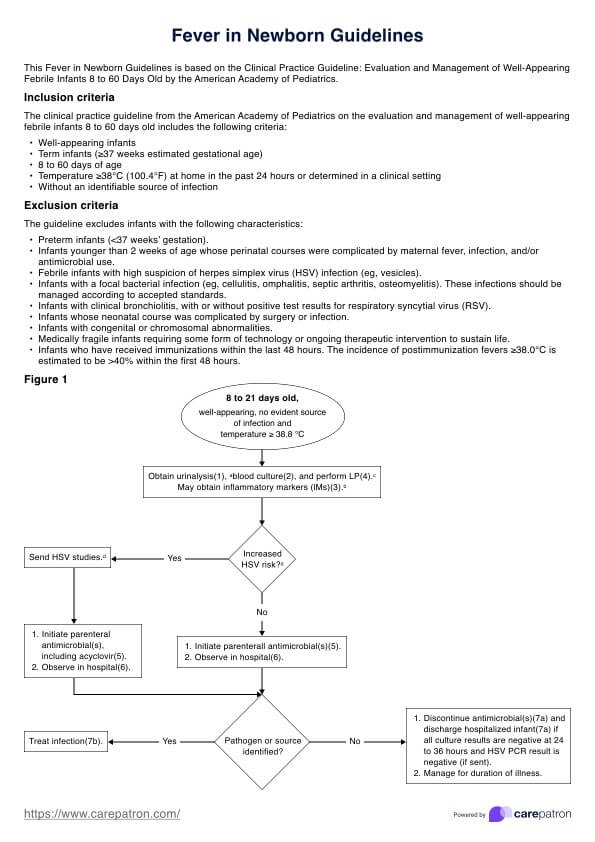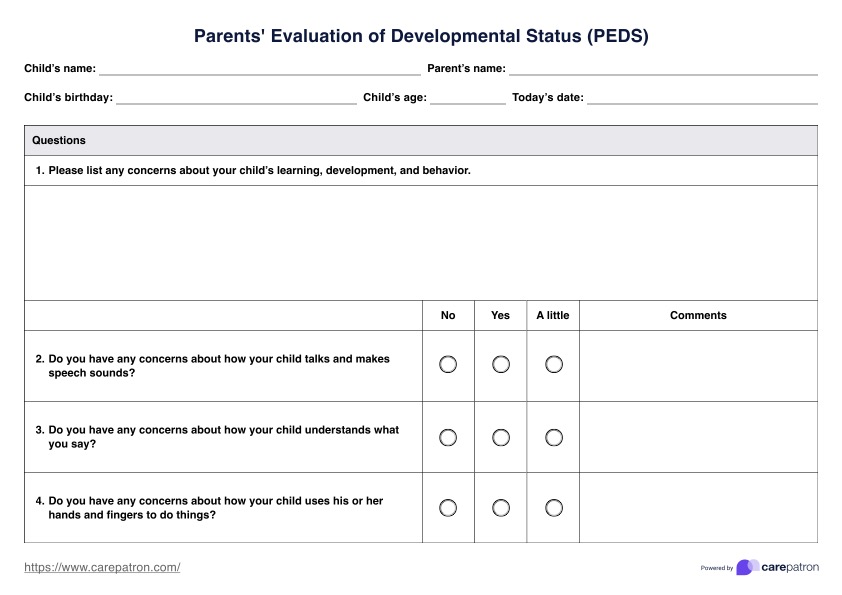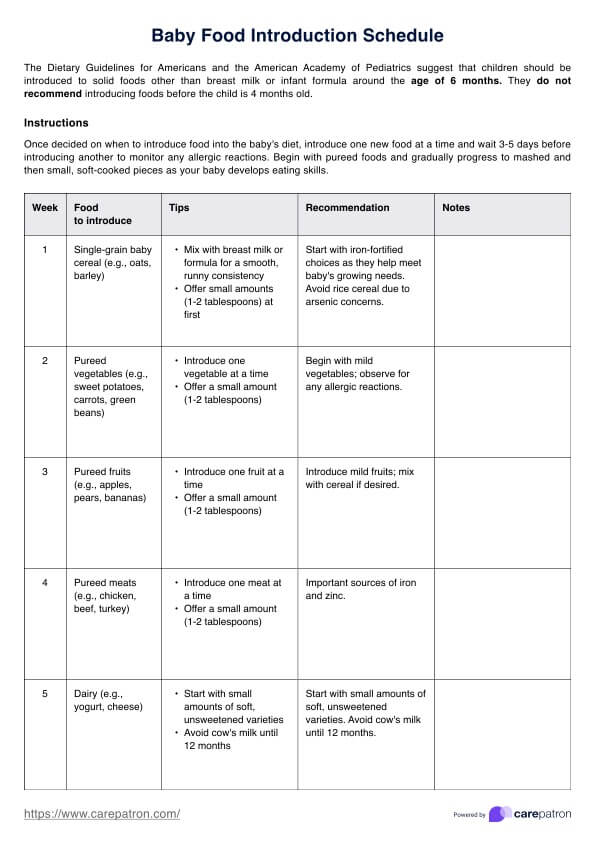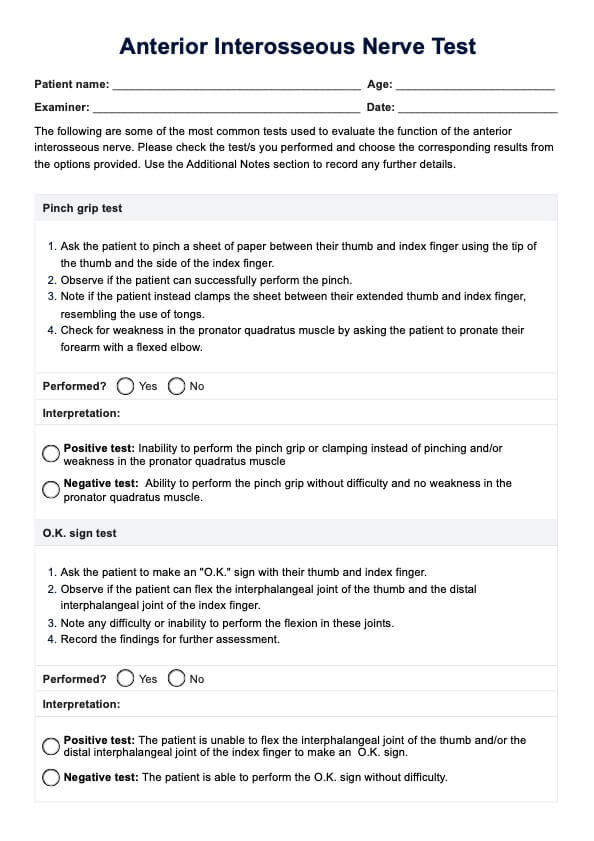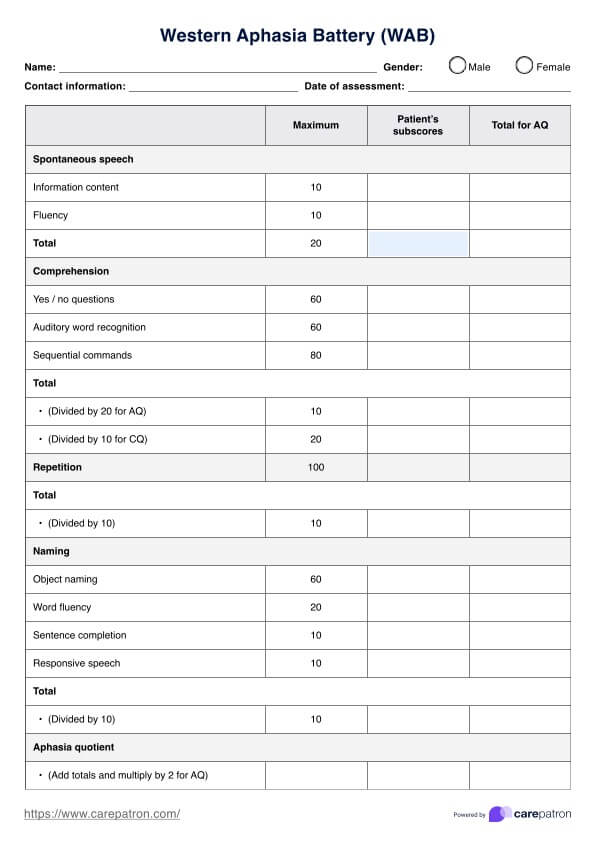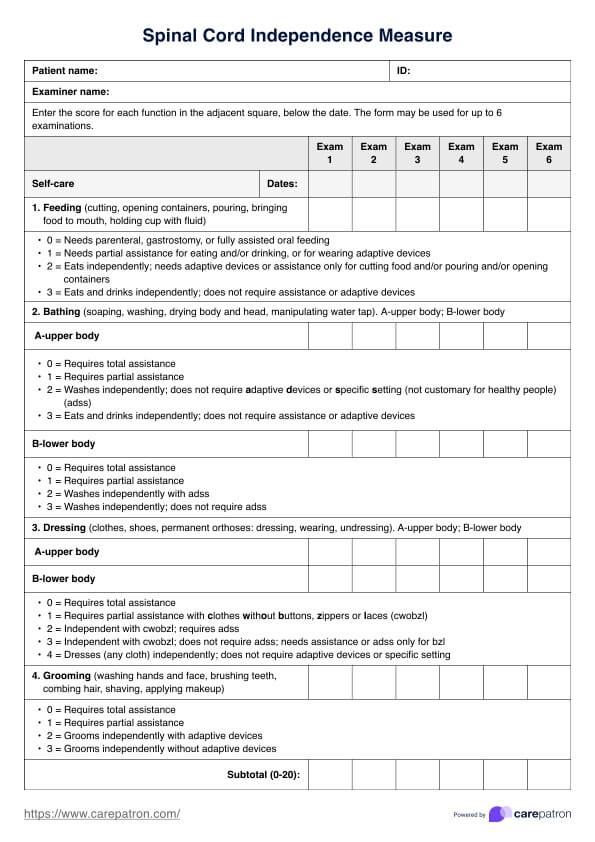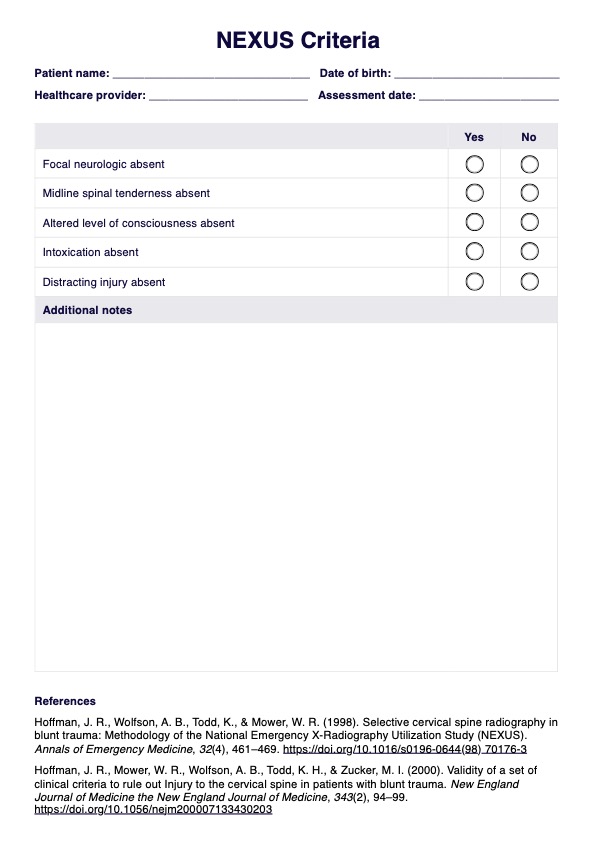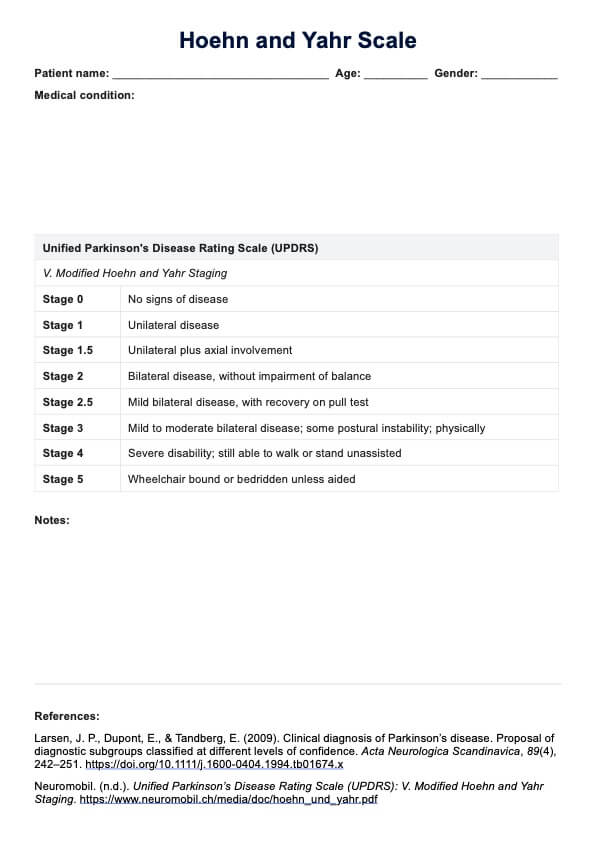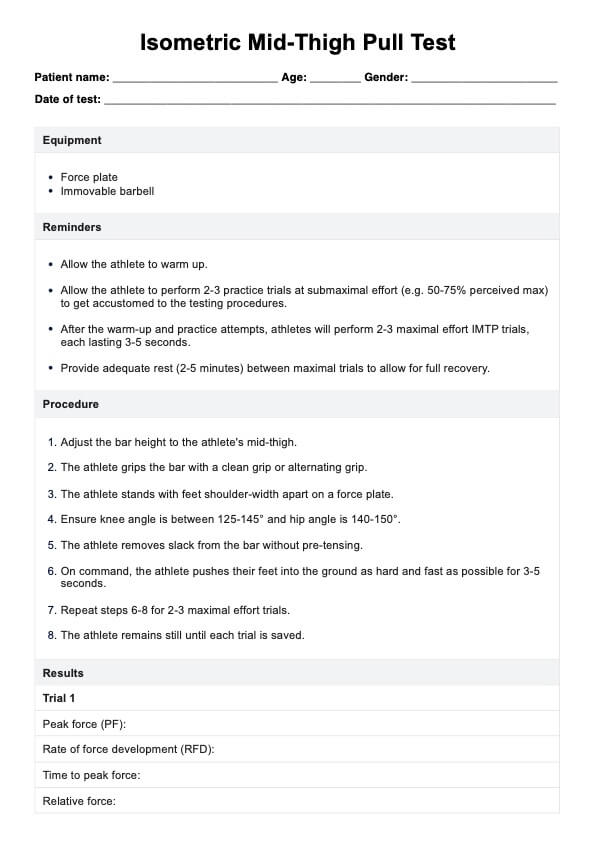Escala PANSS
Evalúe la función basal y las respuestas al tratamiento de los pacientes con esquizofrenia y psicosis con la escala PANSS.


¿Qué es la Escala del Síndrome Positivo y Negativo (PANSS)?
La Escala del Síndrome Positivo y Negativo, o PANSS, es un instrumento médico ampliamente utilizado y diseñado para medir la gravedad de los síntomas en individuos con esquizofrenia y otros trastornos, como la psicosis. Esta escala, adaptada a partir de partes de la Escala Breve de Calificación Psiquiátrica y la Escala Breve de Calificación, sirve como herramienta integral para evaluar los síntomas positivos y negativos asociados al trastorno.
La escala consta de tres partes que son
- Escala positiva: Este componente mide 7 síntomas que significan un exceso o distorsión de las funciones normales. Los ítems evaluados en esta escala incluyen delirios, desorganización conceptual, alucinaciones, excitación, grandiosidad, suspicacia/persecución y hostilidad.
- Escala negativa: Este componente evalúa 7 síntomas indicativos de una disminución o pérdida de las funciones normales. Los ítems medidos son afecto embotado, retraimiento emocional, escasa compenetración, retraimiento social pasivo/apático, dificultad para el pensamiento abstracto, pensamiento estereotipado y falta de espontaneidad y fluidez en la conversación.
- Escala de psicopatología general: Esta escala contiene 16 ítems y evalúa una gama más amplia de síntomas, como ansiedad, depresión, retraso motor, etc.
La PANSS se emplea ampliamente en la investigación y evaluación de terapias antipsicóticas. Su estructura robusta y su capacidad de evaluación exhaustiva la convierten en una herramienta inestimable en ensayos clínicos, entornos de investigación y otros. Facilita una comprensión matizada de la sintomatología en la esquizofrenia y orienta las intervenciones terapéuticas.
Actualmente, sin embargo, se está buscando un modelo consensuado de cinco factores en la PANSS para la esquizofrenia con el fin de identificar combinaciones sutiles de ítems que trasciendan las categorías tradicionales de síntomas, permitiendo así una mejor asignación del tratamiento a cada paciente. Además, para la investigación, los profesionales de la salud prueban constantemente estructuras factoriales de la PANSS fiables y válidas mediante análisis factoriales exploratorios y confirmatorios para evaluar con precisión las dimensiones de los síntomas.
Escala PANSS
Escala PANSS | Ejemplo
Cómo utilizar nuestra plantilla de la escala PANSS
La Escala de Síndrome Positivo y Negativo es una herramienta esencial para evaluar la gravedad de los síntomas de la esquizofrenia. Seguir un proceso estructurado al utilizar la plantilla de la Escala PANSS es importante para garantizar unos resultados precisos y fiables. A continuación encontrará una guía paso a paso que puede utilizar para sacar el máximo partido a nuestra plantilla:
Paso 1: Preparación previa
Haga clic en el botón "Descargar plantilla" o "Utilizar plantilla" de esta guía para hacerse con una copia de la escala PANSS y familiarizarse con su contenido. Después, organice el lugar de la prueba/entrevista y obtenga el consentimiento informado del paciente.
Paso 2: Completar la prueba
Siga la estructura proporcionada en la plantilla, abordando sistemáticamente cada ítem de la PANSS. Asegúrese de cubrir las tres escalas principales: la escala positiva, la escala negativa y la escala de psicopatología general.
Paso 3: Puntuar e interpretar
Una vez que el paciente haya respondido a todos los ítems, proceda a puntuar siguiendo el sistema de puntuación proporcionado en esta guía. Después, puede calcular la puntuación total sumando las puntuaciones de cada escala y obteniendo la suma de las puntuaciones de las tres escalas para la puntuación total global.
Tras obtener la puntuación global, interprétela en el contexto de la historia clínica y la presentación actual del paciente. Por lo general, las puntuaciones más altas indican una mayor gravedad de los síntomas.
Paso 4: Próximos pasos
Utilice las puntuaciones para orientar las decisiones clínicas y ajustar el tratamiento, la medicación y las intervenciones en consecuencia. No olvide proporcionar información a los pacientes explicándoles los resultados, documentar el resultado en el historial médico del paciente y programar un seguimiento para controlarlo.
Puntuación de la escala PANSS
La PANSS es una herramienta esencial para evaluar la gravedad de los síntomas en pacientes con esquizofrenia. El proceso de puntuación es meticuloso y garantiza una evaluación exhaustiva de los síndromes positivos y negativos mediante una entrevista clínica estructurada. A continuación se ofrece una visión general de lo que hay que tener en cuenta en relación con la puntuación:
- Cada ítem se puntúa de 1 a 7, donde 1 indica la ausencia de síntomas y 7 representa una sintomatología extrema. Tenga en cuenta que cada puntuación refleja niveles crecientes de gravedad de los síntomas.
- Asigne el punto de calificación aplicable más alto para captar con precisión la manifestación más grave.
- Las escalas positiva y negativa tienen rangos de puntuación potenciales de 7 a 49, mientras que la escala de psicopatología general tiene una puntuación de 16 a 112.
- Los síntomas depresivos pueden manifestarse de forma diferente en muestras psicopatológicamente heterogéneas y pueden requerir medidas clínicas adicionales.
Interpretación de la escala PANSS
La PANSS es una herramienta esencial para evaluar la gravedad de los síntomas en pacientes con esquizofrenia. Las puntuaciones obtenidas con la PANSS proporcionan una visión exhaustiva de las distintas dimensiones del trastorno. He aquí una guía detallada sobre cómo interpretar estas puntuaciones:
- Escala positiva: Las puntuaciones más altas en la escala positiva indican síntomas positivos más graves. Los clínicos utilizan esta puntuación para evaluar la eficacia de los tratamientos dirigidos a estos síntomas productivos y para controlar los cambios a lo largo del tiempo.
- Escala negativa: Las puntuaciones más altas en la Escala negativa reflejan síntomas negativos más graves. Los síntomas negativos suelen ser persistentes y pueden afectar gravemente a la calidad de vida del paciente. Comprender la gravedad de estos síntomas ayuda a adaptar las intervenciones para mejorar el funcionamiento social y la capacidad de respuesta emocional.
- Escala de psicopatología general: Las puntuaciones más altas en la escala de psicopatología general indican una gama más amplia de síntomas psicopatológicos. Esta evaluación exhaustiva ayuda a identificar las afecciones concurrentes y la gravedad general del estado de salud mental del paciente.
Pasos siguientes después de utilizar la PANSS
Después de completar, puntuar e interpretar la escala PANSS, los clínicos emprenden pasos críticos para garantizar una atención eficaz e individualizada del paciente. A continuación se indican los posibles pasos que pueden dar los profesionales de la salud tras realizar la escala:
- Planes de tratamiento personalizados: Basándose en las puntuaciones de la escala PANSS, los clínicos desarrollan planes de tratamiento personalizados para abordar los síntomas específicos identificados durante la evaluación. Estos pueden incluir medicamentos antipsicóticos e intervenciones psicosociales como la TCC y otros tipos de terapia.
- Evaluaciones de seguimiento y ajustes del tratamiento: Las evaluaciones periódicas de seguimiento mediante la PANSS son esenciales para controlar los cambios en la gravedad de los síntomas a lo largo del tiempo. En función de los resultados de las evaluaciones, los profesionales de la salud pueden realizar los ajustes necesarios en el plan de tratamiento, como modificar las dosis de medicación, introducir nuevas intervenciones terapéuticas o interrumpir los tratamientos ineficaces.
- Ofrecer un enfoque holístico: Además de tratar los síntomas psiquiátricos del paciente, también debe cuidarse su bienestar general. Para ello, los médicos pueden centrarse en la salud física, animar al paciente a participar en actividades sociales, proporcionarle apoyo emocional, enseñarle estrategias de afrontamiento y educar al paciente y a la familia sobre la esquizofrenia, sus síntomas, etc.
Preguntas Frecuentes
La escala PANSS tiene una alta fiabilidad test-retest y se considera un instrumento válido para evaluar la gravedad de los síntomas de la esquizofrenia. A menudo se realiza un análisis factorial exploratorio (AFE) para determinar la estructura factorial de la psicopatología en una muestra de población, lo que ayuda a validar la escala.
El modelo o solución de cinco factores organiza los factores de la PANSS de acuerdo con lo siguiente: síntomas positivos, síntomas negativos, desorganización/cognitiva, depresión/ansiedad y hostilidad.
Es una de las herramientas para diagnosticar la esquizofrenia. Sin embargo, no es la única que debe utilizarse.





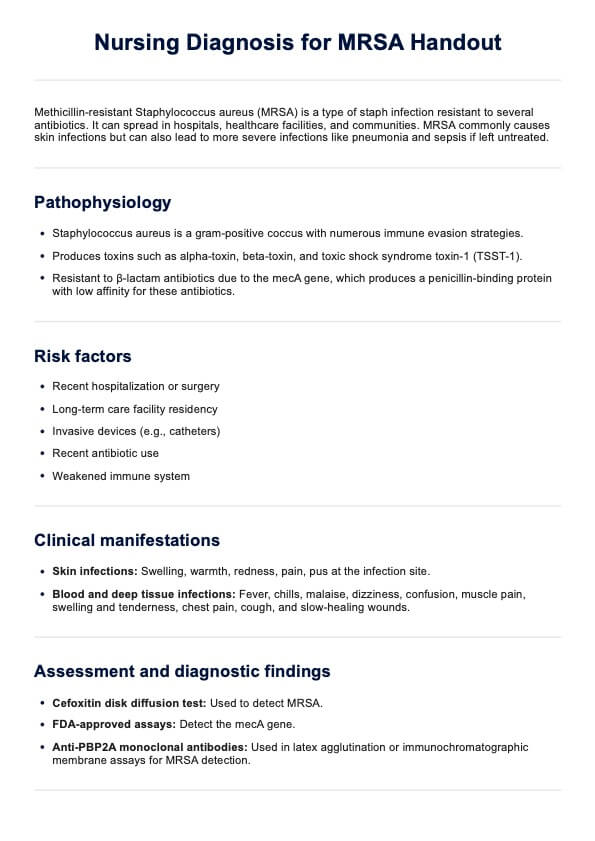
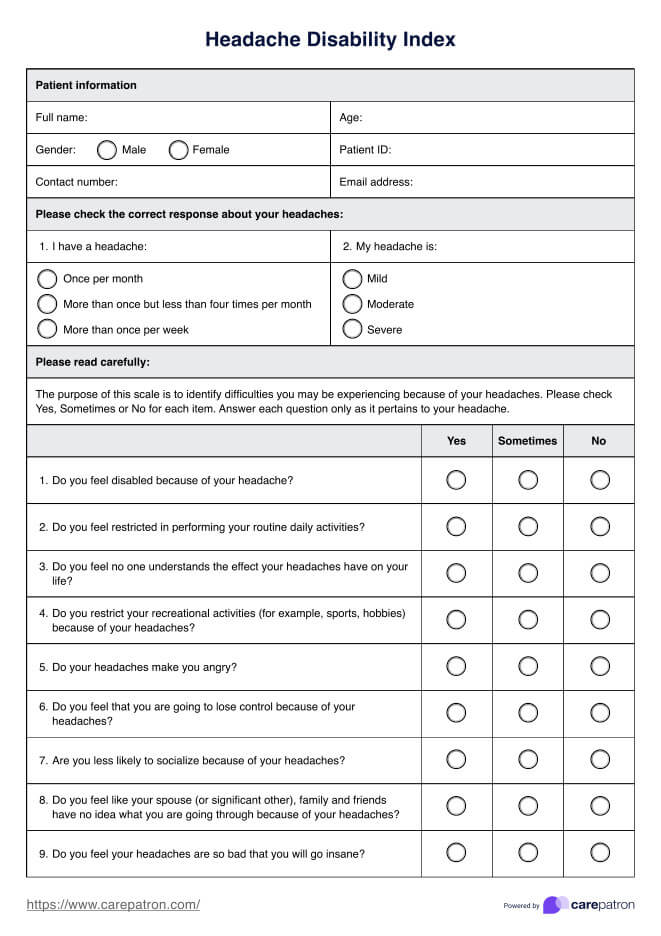
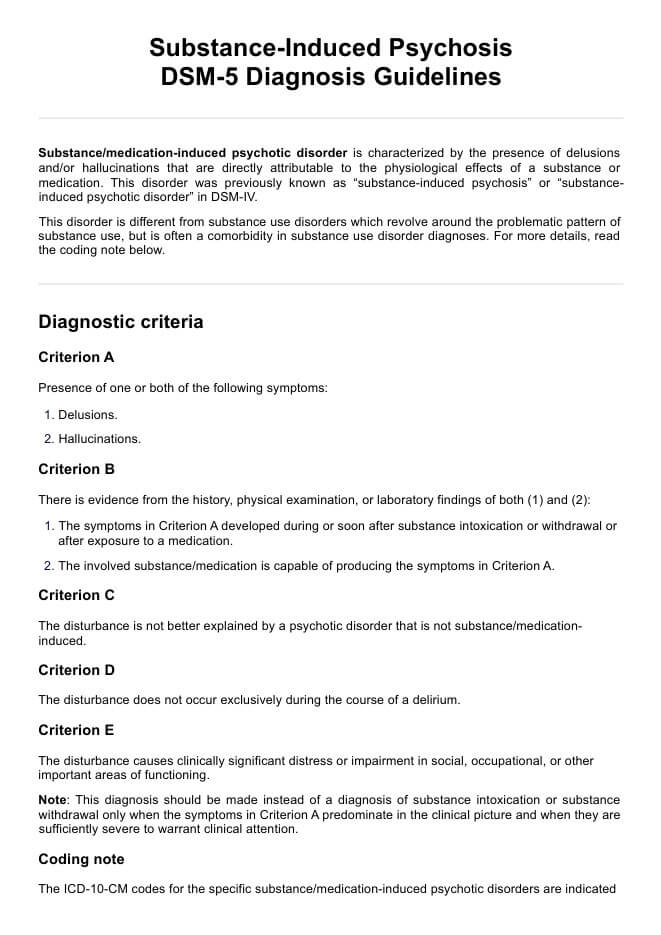









-template.jpg)


